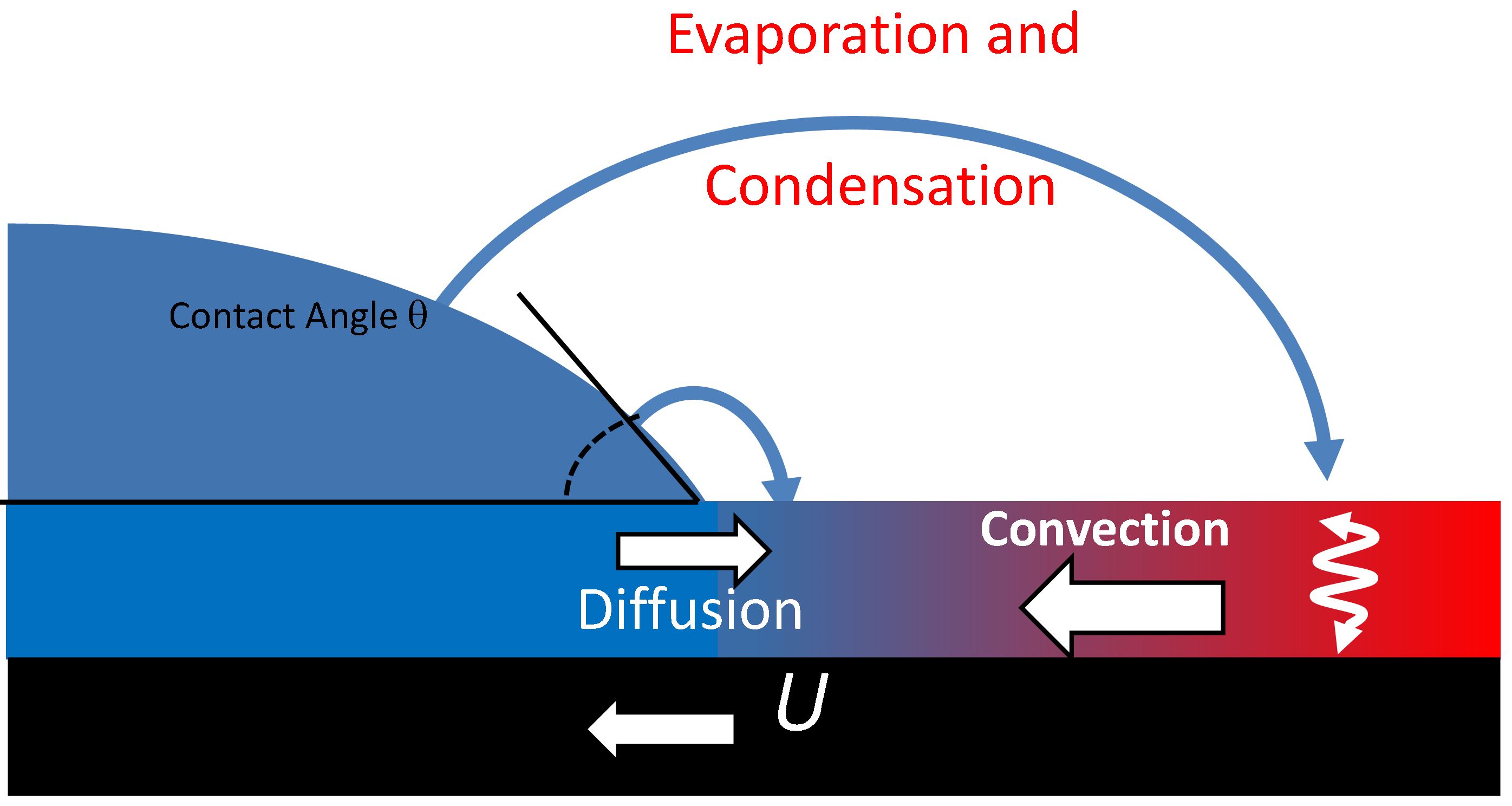EPJ E Highlight - When liquids get up close and personal with powders
- Details
- Published on 01 March 2016

Scientists leave no stone unturned when studying how a liquid wets a powder
Every cook knows that dissolving powder into a liquid, such as semolina in milk or polenta in water, often creates lumps. What they most likely don’t know is that physicists spend a lot of time attempting to understand what happens in those lumps. In a review paper published in EPJ E, scientists from the École Supérieure de Physique et de Chimie Industrielles de la Ville de Paris (ESPCI), France, share their insights following ten years of research into the wetting of soluble polymer substrates by droplets of solvents like water.
In this article, the authors focus specifically on the first stage of powder dissolution, as water gets into every pore of the powder— a stage called imbibition—and not on the latter, dissolution stage. Typical experiments in the field involve studying the mechanisms of how a droplet of water spreads onto a water-soluble polymer layer over time. As the droplet spreads, the solvent content in the substrate varies. The way the droplet spreads therefore varies according to the variations in the substrate composition on the edge of the droplet.
As a result, scientists now understand the two reasons why certain powders, like flour, which have very long polymer chains, are difficult to dissolve. At the microscopic level, spontaneous imbibition is stopped because of a change in the material softness as the solvent melts the polymer. Thus turning the substrate into a gel and slowing the droplet's spreading. In parallel, hydration results in high solvent affinity for the material to be wetted and the droplet’s ability to spread. Hence, the more solvent reaches the substrate, the more the solvent tends to spread on it. Scientists have yet to identify the typical size of the grains and pores or the size distribution of grains and pores that need to be fine-tuned to accelerate the imbibition and, at a later stage, the subsequent dissolution.
Wetting of polymers by their solvents. F. Lequeux, L. Talini, E. Verneuil, G. Delannoy and P. Valois (2016), Eur. Phys. J. E 39: 12, DOI 10.1140/epje/i2016-16012-y




